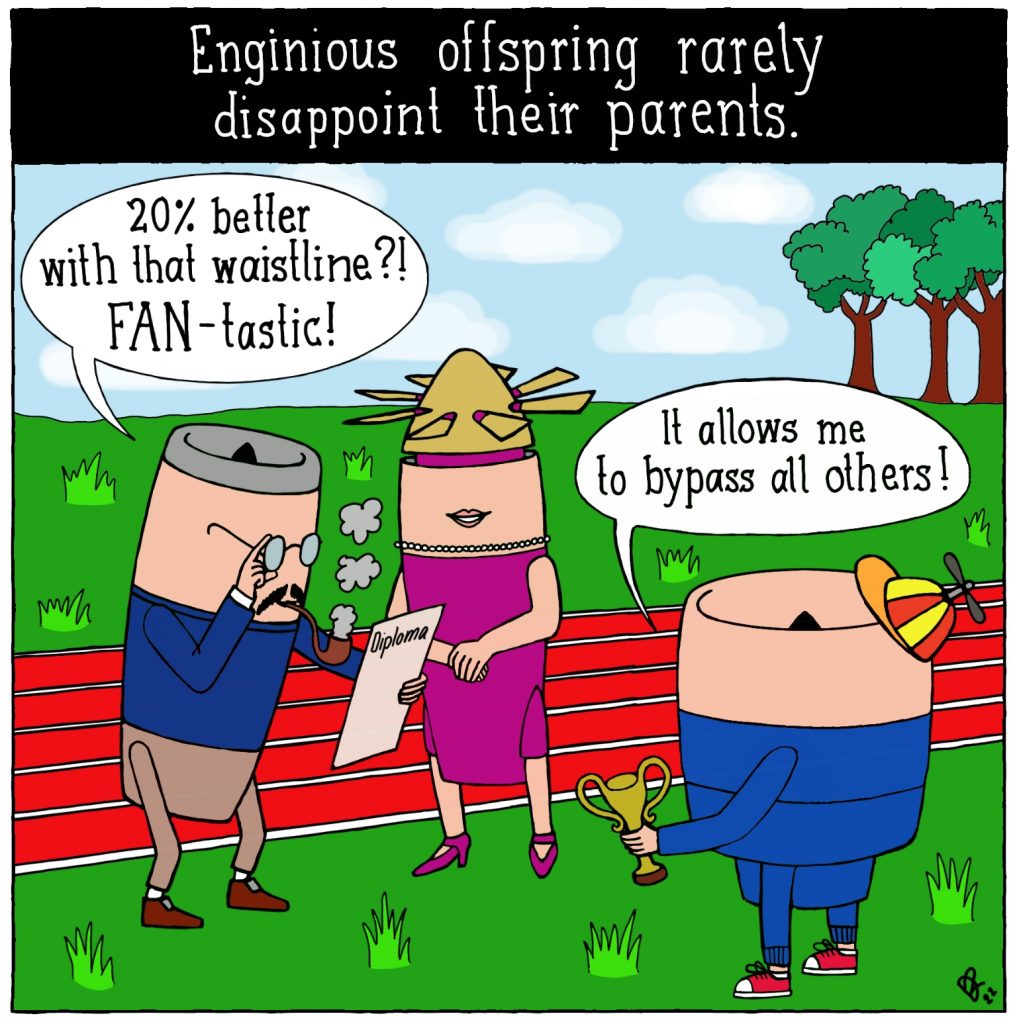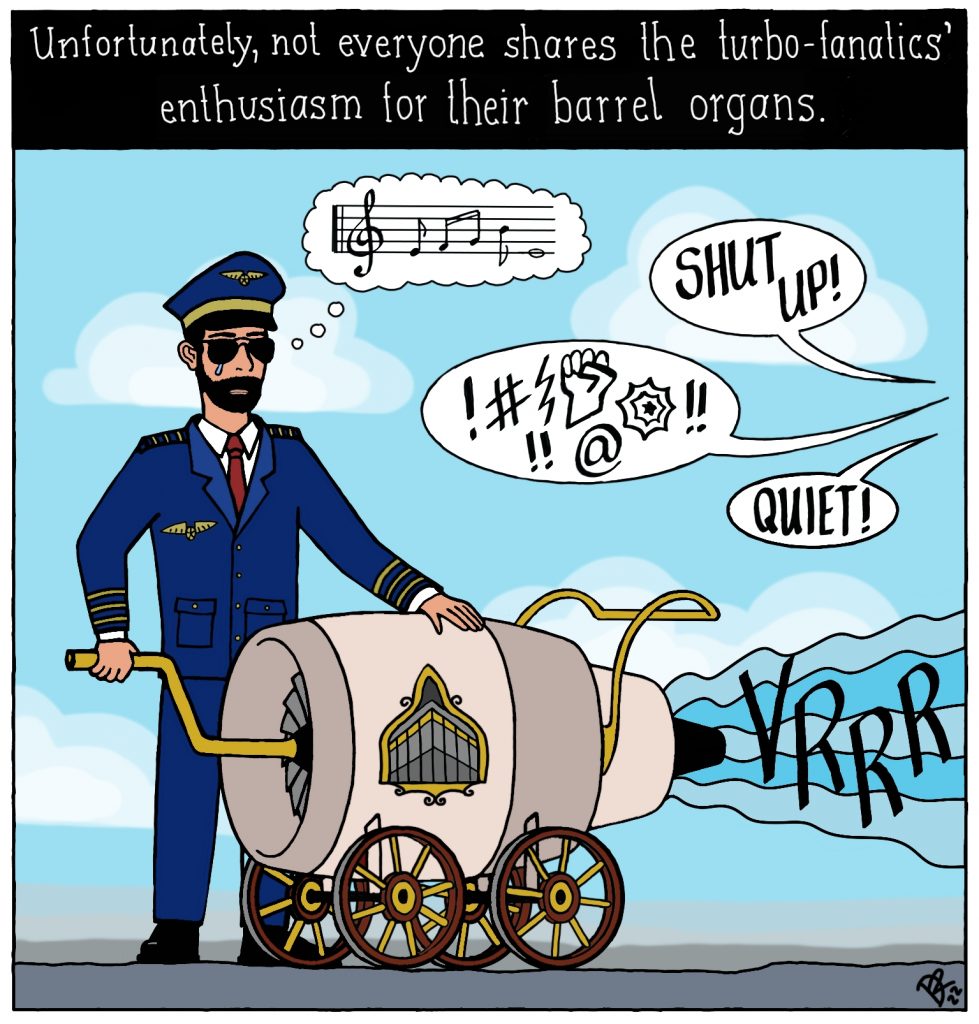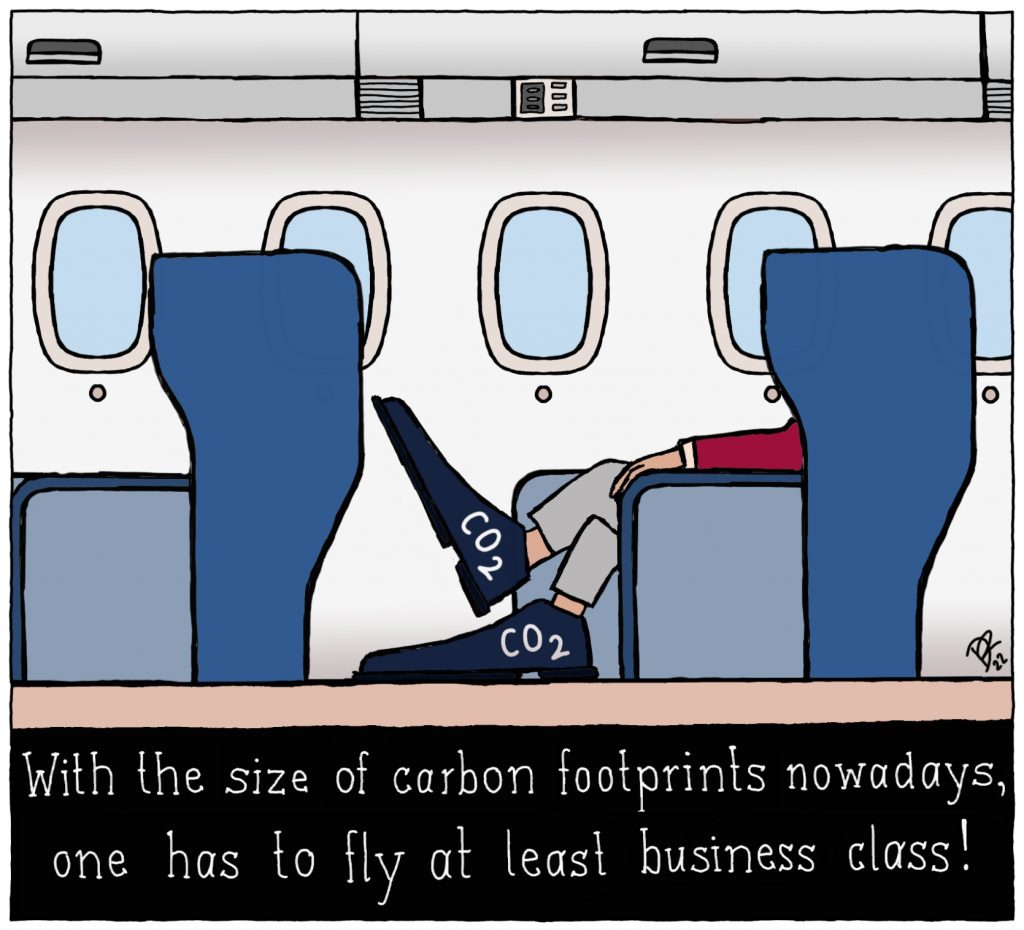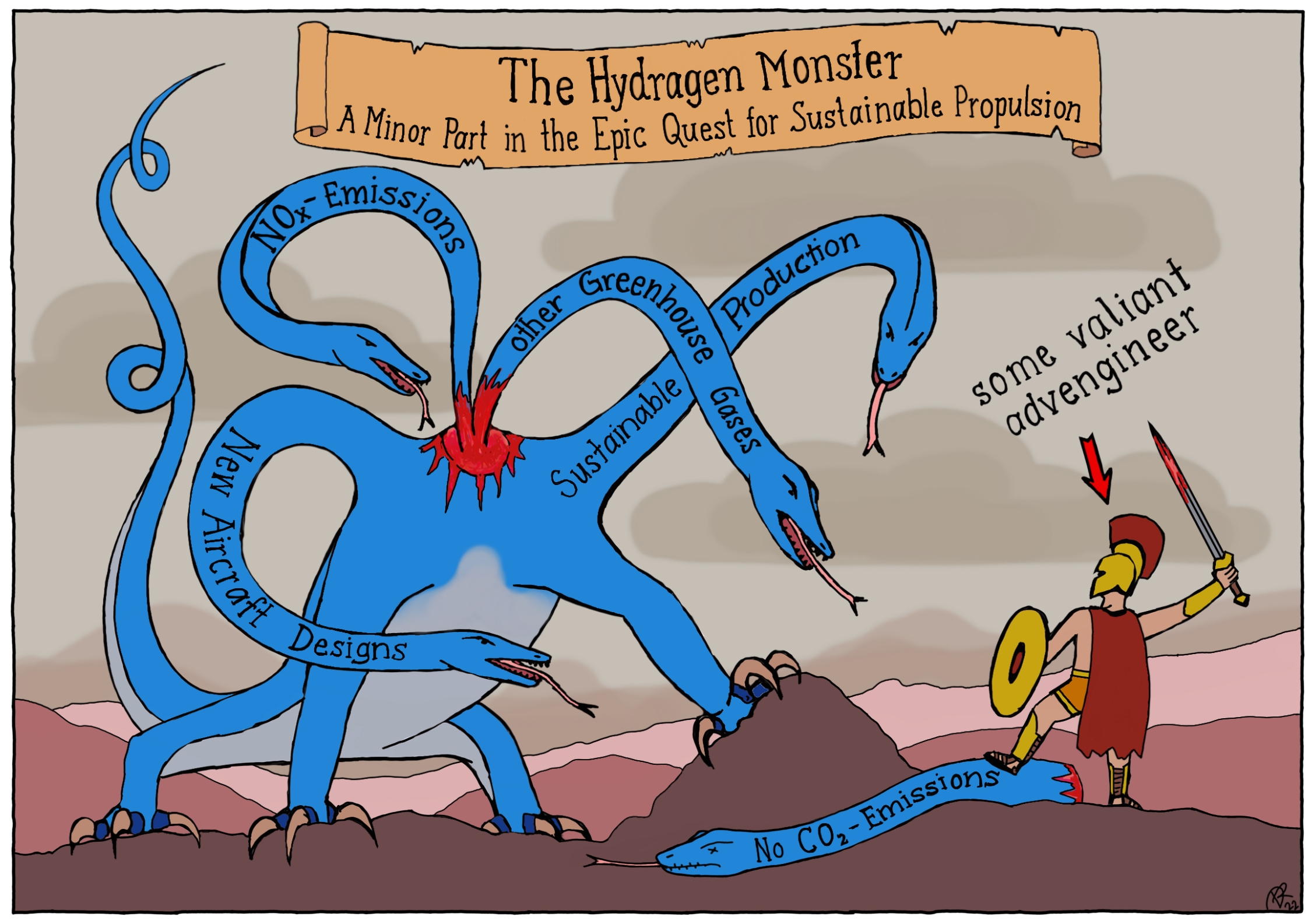Navigation menu
- Education
- Emissions & Air Quality
- Infrastructure & Services
- Meteorology & Climate
- News
- Physical Chemistry
- Projects
- The Team
“Achieving sustainability in commercial aviation is difficult, but not impossible. Naturally, engineers try not to create new problems, yet it is important for them to be aware about all factors and influences and not just to focus on solving one issue.” – By D. Romang and C. Waltenspül.
As part of their project in AV.PM4, David Romang and Crispin Waltenspül were tasked with communicating a scientific topic in a simple and creative manner to an audience unfamiliar with the issue. The two students of aviation chose to conduct a literature review regarding the function of jet engines and challenges in their development, since these engineering marvels still are the main source for most the environmental and societal impacts of aviation. Using a poster, David and Crispin explained the function of a modern turbofan in a simplified way, while using caricatures to summarise the relevant issues and topics of today’s turbofan engines. The self-made images were created using the SketchBook software by Autodesk. They focused on topics such as the evolution of engine development, noise, emissions and emission management, and sustainable propulsion systems for aircraft. By using wordplays, the students handled the difficulty of communicating the technological aspects of the project with a more humorous approach, which at the same time also makes the issues more memorable and concise. Unsurprisingly, the feedback from the target audience confirmed that caricatures and humour are indeed a very good method of communication and should be used more often when the results of important research are presented.

Compared to their predecessors, today’s turbofan engines are far more efficient mainly due to the use of fans and high bypass ratios.
By D. Romang and C. Waltenspül

Noise is the most prominent impact of aviation on society. Unsurprisingly, engine developers still direct significant amounts of research and technological improvements at lowering noise emissions even further.
By D. Romang and C. Waltenspül.

Flying can contribute significantly to an individual’s carbon footprint. A considerate and conscious air travel behaviour is important if a person wants to lower their impact on the environment, even more so for passionate students and engineers in aviation.
